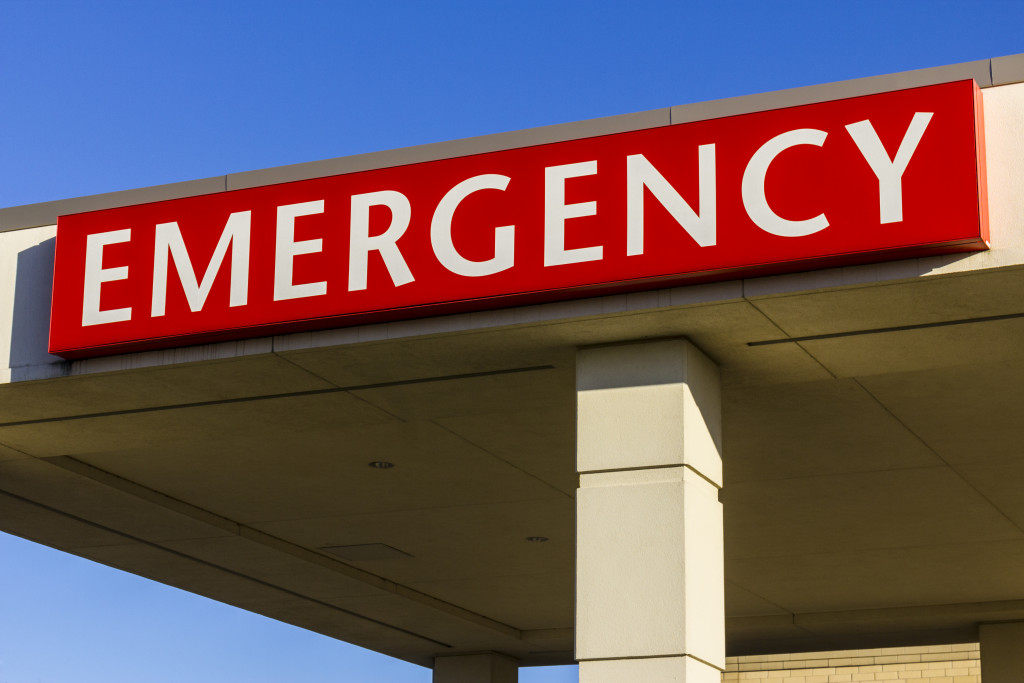Creating an emergency plan for your commercial property may seem daunting, but preparing for potential disasters is essential. Following a few simple steps can ensure that your property is safe and secure in an emergency.
Make a list of potential hazards.
Preparing an emergency plan for your commercial property is crucial in safeguarding against potential hazards. To ensure you have a comprehensive plan, start by listing all possible threats that could affect the property.
This list could include natural disasters such as floods or fires and man-made possibilities like gas leaks or power outages. By accounting for each potential situation ahead of time and setting up preventative measures, you can help minimize the damage caused and maximize your response plan’s effectiveness when disaster strikes.
Identify who will be responsible for each task.
Creating an effective emergency plan for a commercial property is essential to ensure the safety of both employees and customers. When possible, assigning specific people to certain tasks in an emergency plan can minimize confusion and help manage a situation quickly.
Someone should be assigned as coordinator for emergencies happening on the premises, such as training staff members in safety procedures and ensuring that everyone is aware of evacuation plans.
Designating someone to handle vital duties like determining what supplies are necessary or monitoring the building’s security cameras can also help prevent further damage if an emergency occurs. Deciding who will be responsible for each task in advance will not only provide structure in an otherwise chaotic situation but will make it much easier to address any issues that may arise.
Create a communication plan

Devising an emergency plan for a commercial property is essential to keeping it safe and secure. A critical aspect of this plan should be creating a communication plan that enables every staff member to understand what needs to be done and who they should contact in case of an emergency.
Ensure that you’re also connected to a central alarm monitoring system that can notify you in the event of an emergency and that every member of staff knows how to use it. It is vital that the communication plan is well defined and includes detailed information about steps to take, as well as outlining who has the authority to make decisions during a crisis.
It should also provide clear instructions on how to reach operational personnel, safety personnel, and outside contacts such as law enforcement officers and first responders. When properly implemented, an effective communication plan can prevent dangerous situations from escalating out of control and help protect the well-being of everyone onsite.
Practice your emergency plan regularly.
When planning for potential emergencies at a commercial property, working with staff and other stakeholders is crucial to create an effective plan. Everyone who works on-site should know what needs to be done in an emergency, so regular practice runs are essential.
During these sessions, employees should be shown where the exits are, how to activate any alarms, and what evacuation routes they should use. It is also beneficial to consider scenarios that could arise within a particular commercial property environment, such as chemical spills or fires, and practice responding accordingly. With careful preparation and training in place, you can develop an effective emergency plan that will help ensure the safety of everyone onsite in the event of an emergency.
Be sure to review and update your plan regularly.
Creating an emergency plan for your commercial property is essential to keep it a safe environment. Your plan should include protocols for handling unexpected workplace events, such as fires or hazardous chemical spills, and who is responsible for coordinating response efforts.
All personnel should be thoroughly trained on the plan and have access to it at all times in case of an emergency. Along with identifying hazards and outlining response protocols, you must also assign safety responsibilities to employees and create an evacuation procedure with various exits in mind.
Additionally, consider special requirements like service animals or persons with disabilities when pre-planning safety strategies. Reviewing and updating your emergency plan regularly is essential to stay up-to-date on compliance regulations. New hazards can emerge unexpectedly, so having an up-to-date emergency plan helps you maintain a safe work environment for your staff and customers.
By following these steps, you can create an emergency plan that will help keep your commercial property safe in the event of a disaster. Remember to regularly review and update your plan as new hazards may arise, and practice it often so everyone knows what to do. By being prepared, you can minimize the damage caused by an emergency and get your business back up and running as quickly as possible.

